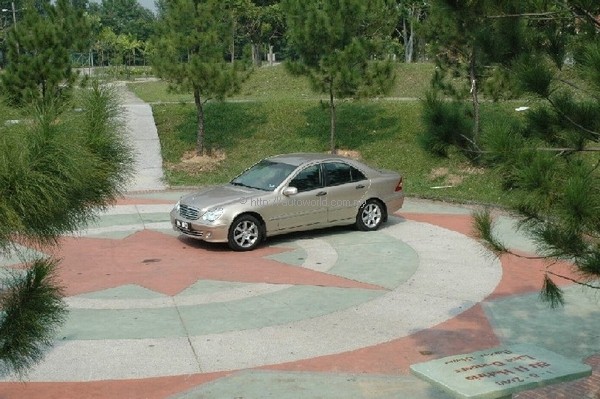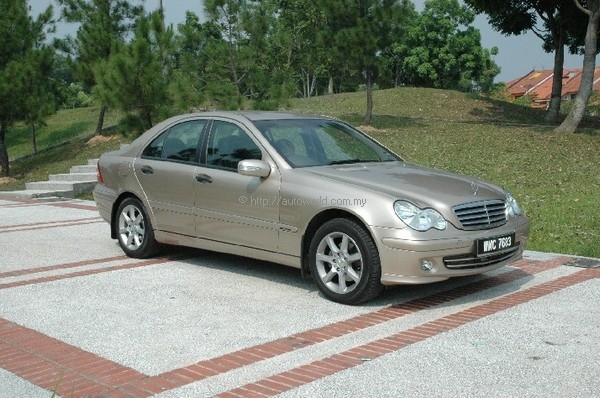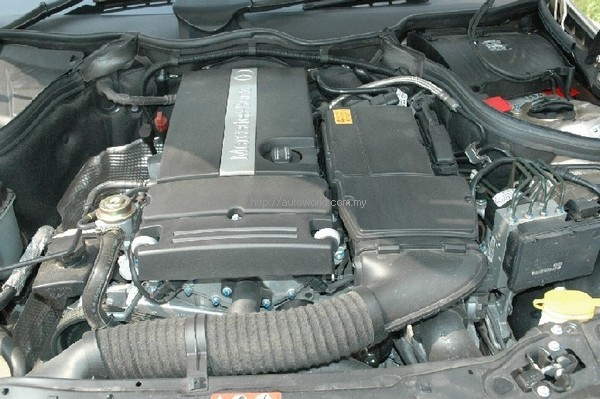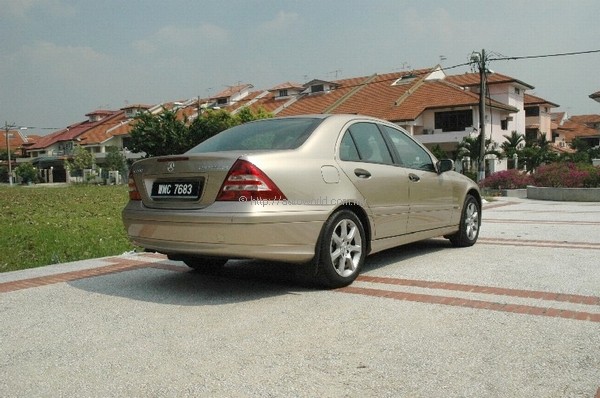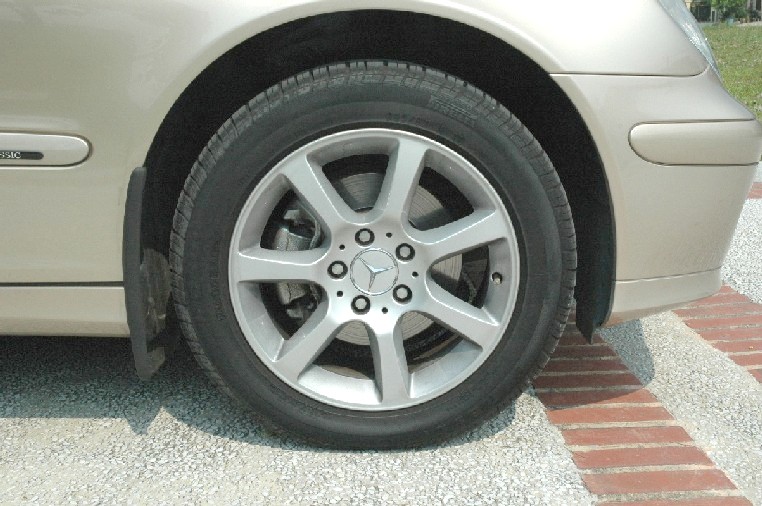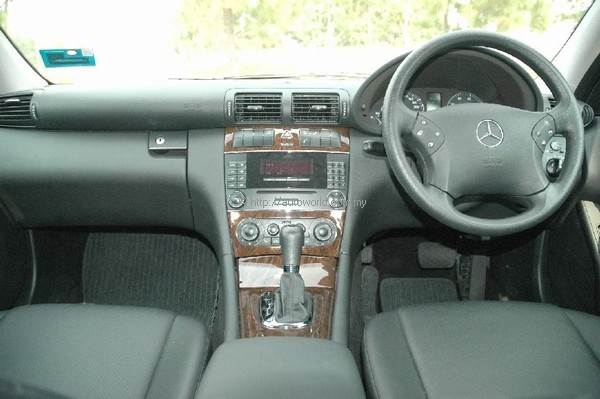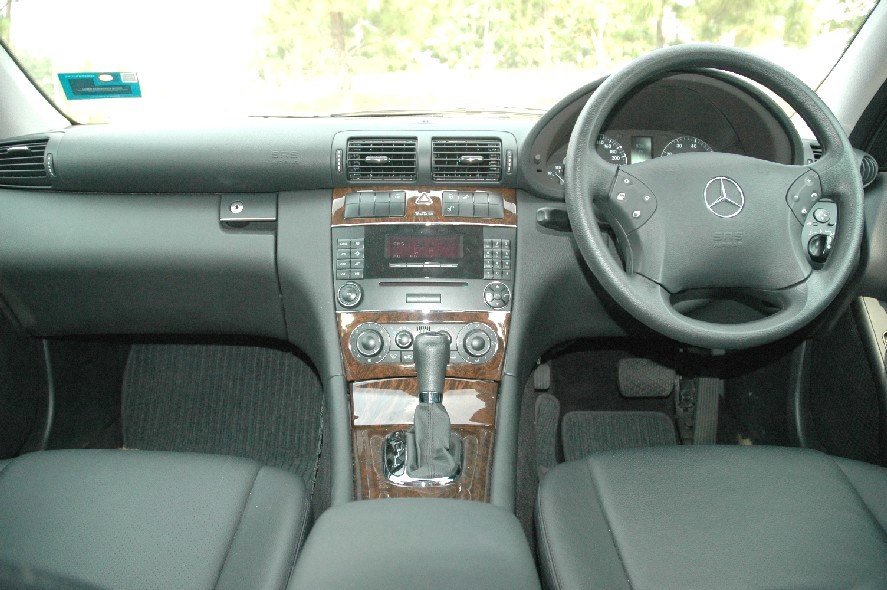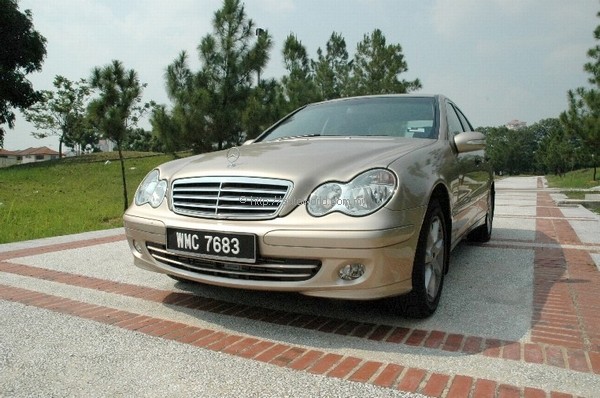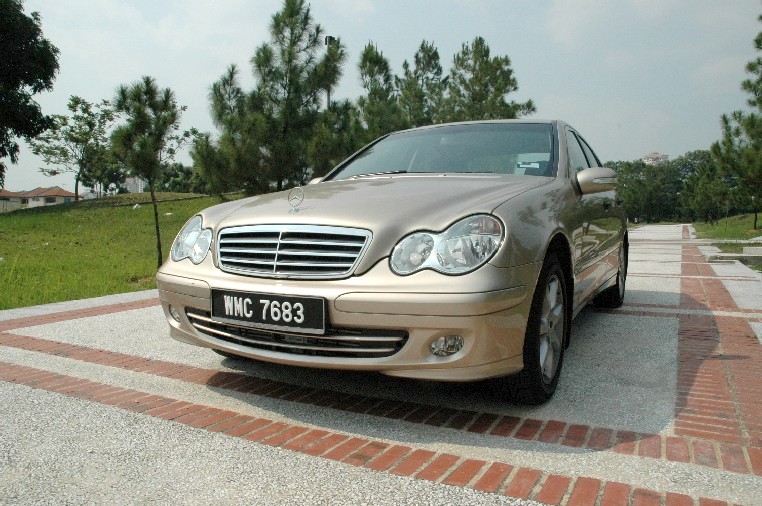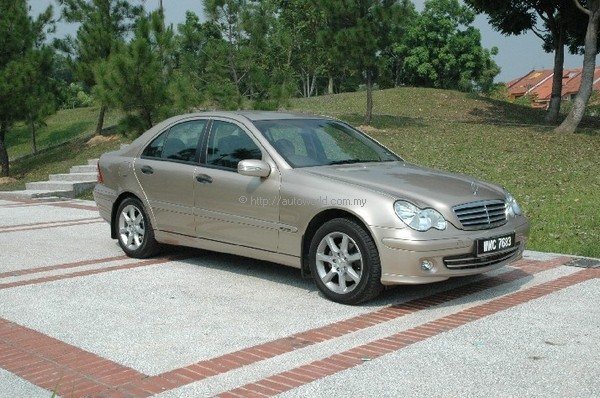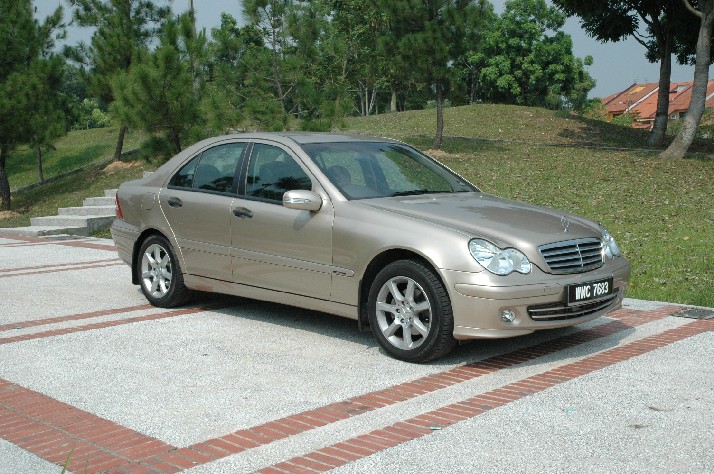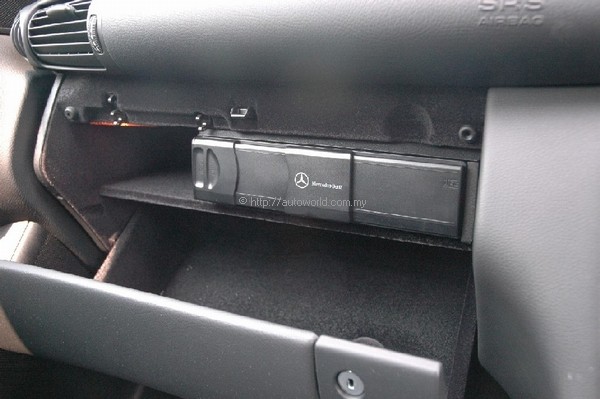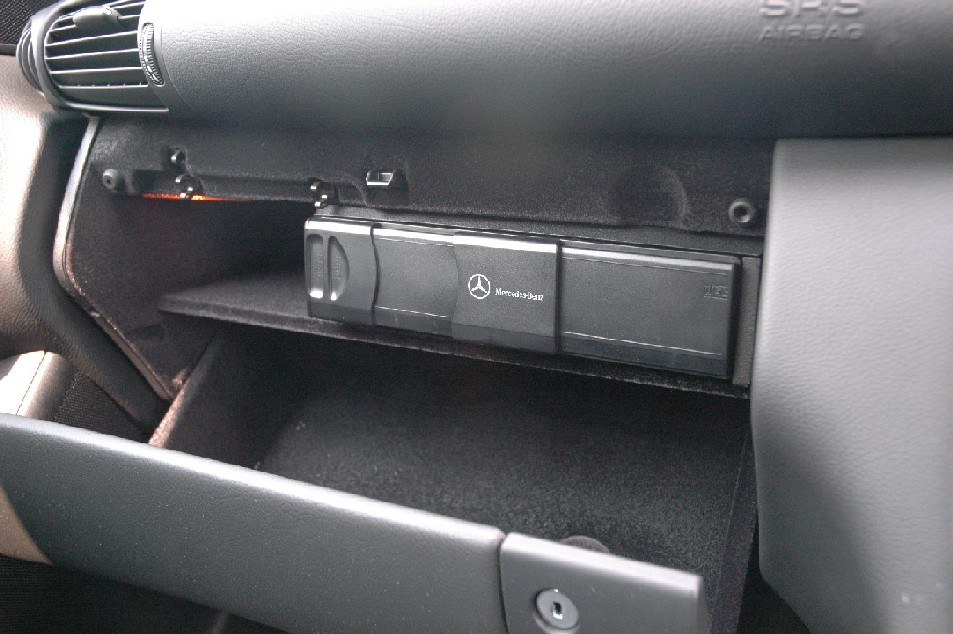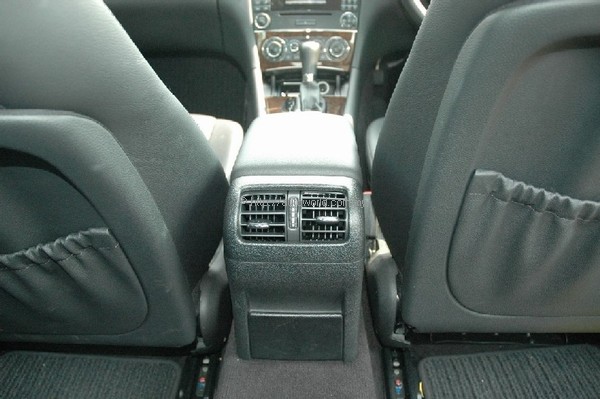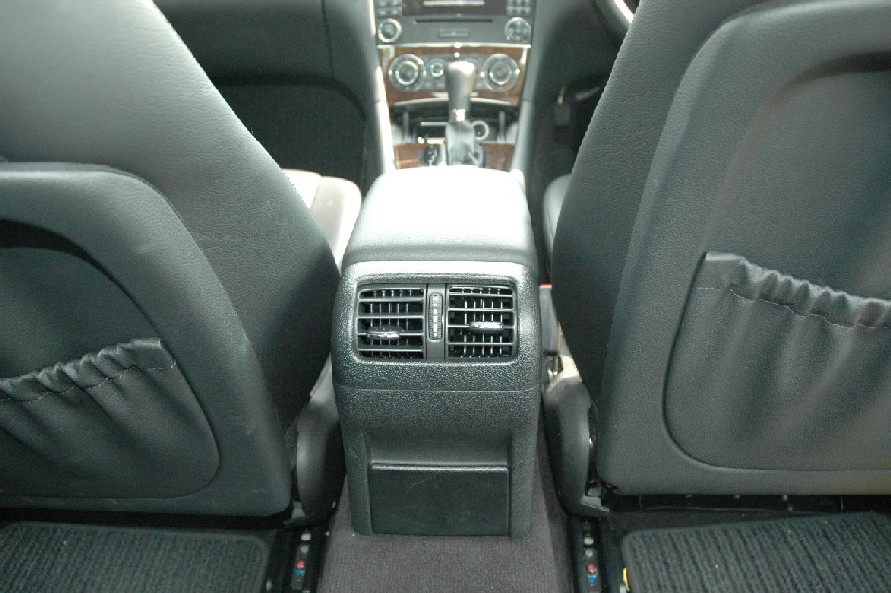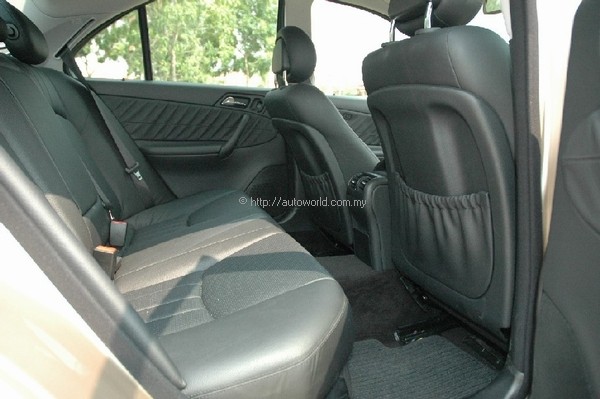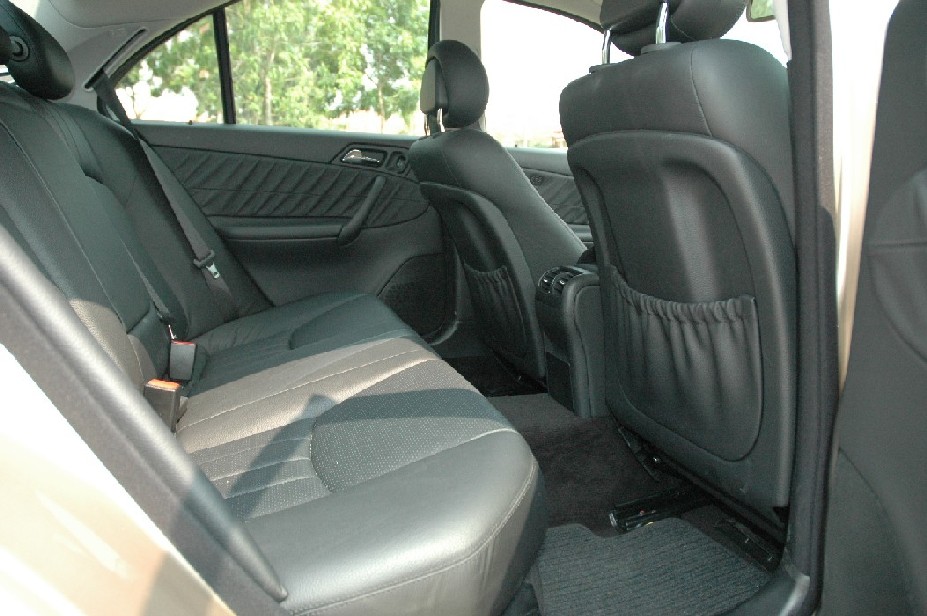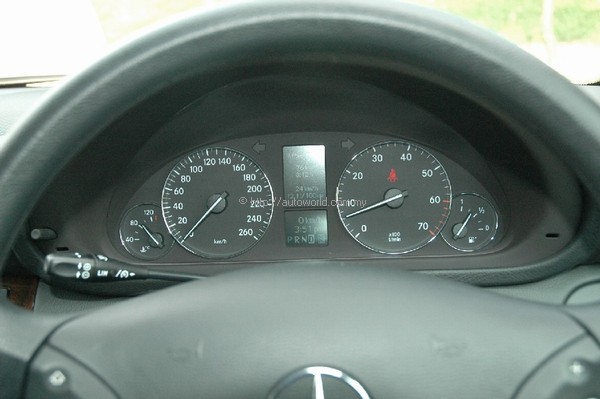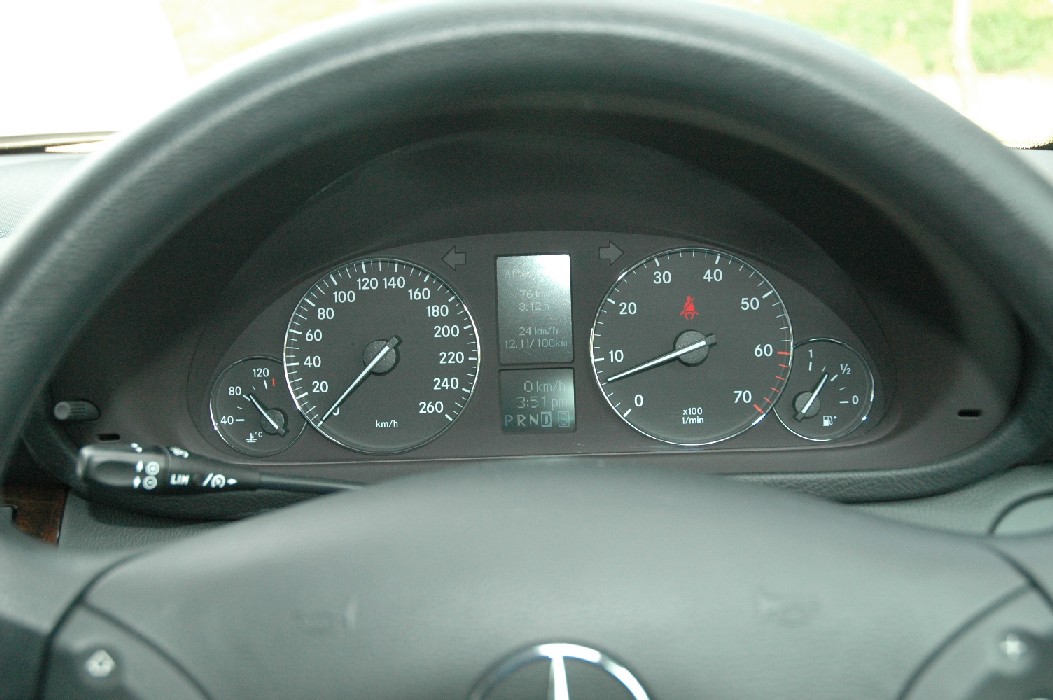Mercedes Benz C180 Kompressor
Mercedes Benz C180 Kompressor – Sporty Performance With Comfort & Elegance
Mention Mercedes, and images of quiet distinction, maturity and elegance come to mind. The fast and furious images belong to the other German makes like BMW and Audi. It is not the case with the new Mercedes C180 Kompressor.
The Mercedes C Class comes in two variants, the C180 K, which is the subject of our discussion today, and the higher placed C230 K. The ‘K’ denotes ‘Kompressor’, which in English would be spelled with a ‘C’ and means an air pump. The German spelling uses a ‘K’ and it means the same thing.
In the automotive context, the term ‘Kompressor’ refers to a supercharger. A supercharger works much the same way as a turbocharger, i.e. both ‘ram’ air into the combustion chamber under pressure to improve combustion, thus improving the maximum engine power by as much as 30 to 40 percent compared to a normally aspirated engine. Whereas a turbocharger is driven by exhaust gases through a combination stator/ impeller that is connected to the exhaust manifold, a supercharger gets its ‘drive’ by means of a belt that is driven off the main engine pulley. Supercharging is not a new development. As far back as the 1950s there were cars running around with them. Neither are turbochargers, but the problems faced by early engine builders who used them was the problem of heat build-up due to inaccurate fuel metering, resulting in frequent problems of overheating and of course, atrocious fuel consumption. The difference between modern day turbos and superchargers is that state-of-the-art electronics today allow for better control and more precise metering of fuel.
We are used to the numbers having some relationship with the engine capacity, i.e., 180 to denote 1.8 litre, 220 to denote 2.2 litre, 320 to denote 3.2 litre, as it has always been, not only with the Mercedes brand, but with many others as well, but ironically, this is not the case with the C Class. Both models have identical 1796 cc engine displacement, but the C180 develops 143 horsepower at 5200 rpm, while the C230 develops 192 horsepower at 5800 rpm. In terms of torque, the C180 has a maximum of 220 Nm between 2500 to 4200 rpm, while the C230 has a maximum torque of 260Nm, peaking between 3500 to 400 rpm. We thus have the unique situation of two seemingly identical engines of the same displacement, but with two totally different power outputs. The secret lies in the tuning of the engine control units (ECU) and the size of the supercharger attached to the respective engines.
After testing the C230 Kompressor some time ago, I seriously thought that the C180 Kompressor would not make an impression on me, but it did. Firstly, it was the excellent fuel consumption that surprised me. Driven at normal road speeds, with the occasional dash here and there, we could get between 9.0 to 10.5 litres per 100 kilometres. We even got it as low as 8.2 litres per 100 km. For a car this size and weight, this is really good. Push it hard, and you will get a figure of around 13.0 to 14.5 litres per 100 kilometres. An on-board computer gives live readings, and we saw numbers as low as 8.2 litres per 100 kilometres. My other car that has a naturally aspirated 1.8 litre DOHC engine, and weighs at least 400 kg less, drinks more petrol than the C180 Kompressor. Our test took us to Kuantan and back, and total fuel cost for the entire journey returned an average of 10.70 litres per 100 kilometres, and that included some very high speed driving on the newly opened highway.
Acceleration is a respectable 10.5 seconds for the zero to 100 kilometre per hour dash, (air conditioner on, and with a boot laden with travel stuff), while top speed recorded was 230 kilometres per hour on a slight downhill. (Maximum speed is claimed at 220 km/hr in the brochure. Handling was brilliant, as the car comes with stability control as standard. Additional help comes from the 4-wheel independent suspension, and the 205/55 R 16 tyres. (Inching up one size and going down to a lower profile would make for even better handling).
The 5-speed automatic gearbox features super smooth gear changes. The gear ratios are excellent, providing a good balance between good acceleration and a high top speed. In top gear, the speed per 1000 rpm is approximately 46 kilometres per hour, so at the regulation speed of 110 km/hr, the engine is still ticking over at a little over 2350 rpm. At 3000 rpm, we were cruising at 140 km/hr.
In terms of comfort, the Mercedes Benz C180 Kompressor is great. The seats are comfortable, with height and rake electrically controlled while the seat track control remains mechanical. The air-conditioning is excellent, with individual temperature controls for the driver and front passenger, while the rear passengers have a blower mounted on the centre console between the front seats. Testimony to the comfort of the car was the fact that I did not feel as fatigued after the drive up and back.
The audio system, to my untrained ears, was great too, and the difference between this set and the one on my car, other than the much improved clarity, was the fact that I did not have to retune the station at any time at all. A thoughtful feature is the cooler box incorporated in the centre console that allows one to keep drinks cold.
We had the car for a few days, and we thoroughly enjoyed it. Many people would buy it no doubt as a statue symbol, but I would certainly consider it for its great overall performance, excellent ride and its pleasantly surprising fuel economy. Its size makes it easy to throw around corners should you feel the urge for a little excitement. What sets it apart from the run-of-the-mill cars, some of which are just as fast, is the superb stability and comfort at speed. You feel very confident, safe and secure behind the wheel. Perhaps one day, when the prices get down to more decent levels, I may be able to afford a used one.




